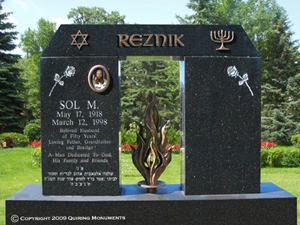 Throughout history, religious art has found its way onto headstones, grave markers, and memorials all around the world. This four-part series takes a close look at the symbolism and meaning behind this use of religious art to commemorate and celebrate the lives of those we love.
Throughout history, religious art has found its way onto headstones, grave markers, and memorials all around the world. This four-part series takes a close look at the symbolism and meaning behind this use of religious art to commemorate and celebrate the lives of those we love.
Part 2: Jewish Religious Art
Like other religious traditions, Jewish religious art features many symbols, some well known and others less so. Here are some of Jewish religious art’s most significant symbols and their related meanings:
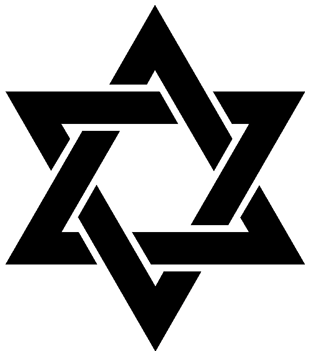
Star of David: Appearing on the flag of the nation of Israel, the Star of David is certainly the most recognizable symbol of Jewish religious art. While the symbol lacks a single meaning, two main theories of interpretation have historically been offered: (1) that it represents King David’s shield and (2) that the interlocking shape of the symbol represents the inseparable nature of the Jewish people. When used on headstones, grave markers, and memorials, the Star of David most likely serves to communicate the deceased’s religious and cultural identities.
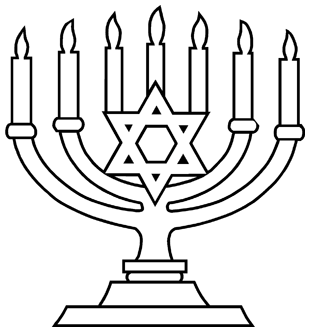
Menorah: An ancient symbol of Judaism, the menorah is a candelabrum with seven branches. Contemporary Jewish use of the menorah mirrors the menorah used on a daily basis for worship in the Temple. Historically, the menorah represents the nation of Israel and its mission to be a "light unto the nations.” On headstones, grave markers, and memorials, menorahs typically symbolize the deceased’s depth of commitment to Judaism.
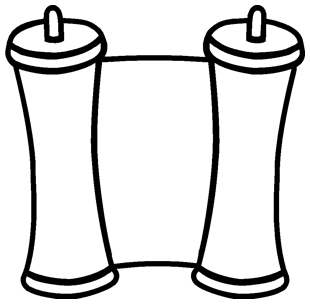
Torah: The word "Torah” has two main uses: (1) in a narrower sense, it means the first five books of Moses (Genesis, Exodus, Leviticus, Numbers, and Deuteronomy) and (2) in a broader sense, it means the entire Jewish body of scripture. In either usage, Torah represents the story of God creating, calling out, and teaching His holy people, Israel. When placed on headstones, grave markers, and memorials, Torah often symbolizes learning, growth, and God’s guidance and instruction.
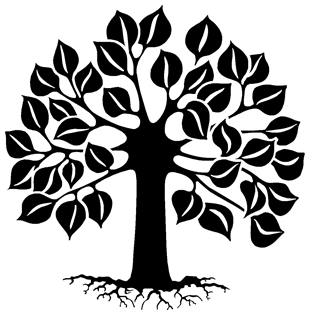
Tree of Life: Typically used in more mystical Jewish traditions, the tree of life symbolizes the path to God, the way in which God created the world from nothing, and humanity’s place in the universe. On headstones, grave markers, and memorials, the tree of life might symbolize the deceased’s identification with a more esoteric approach to Judaism.
Jewish religious art features many more symbols than those mentioned here, but these brief explanations will hopefully enable you to understand their meanings when you see these symbols on headstones, grave markers, and memorials, or when you’re wondering how best to commemorate and celebrate the lives of those you love.

